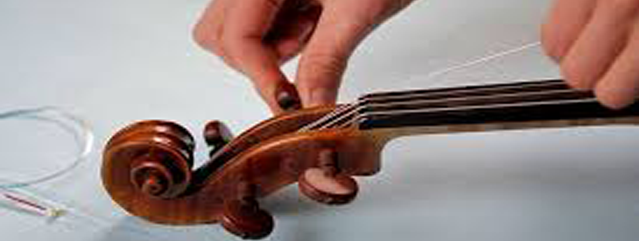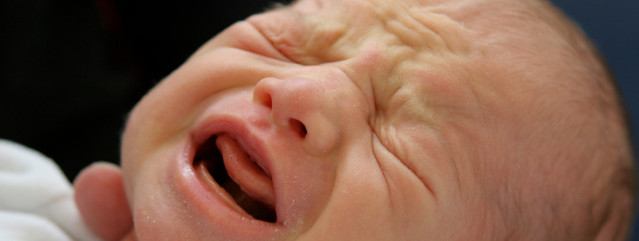Nurses and Ebola
Though the latest Ebola outbreak is mostly confined to three West African countries, three cases – two of them nurses who cared for a patient from Liberia with the virus – have been confirmed in the United States. That pales in comparison to the number of people who have died from the virus in West Africa – 4,484 as of October 18. With such knowledge, we have little reason to panic. And, with the influenza season at our heels, we have larger concerns to contend with: two hundred thousand people are hospitalized every year from the flu, and between 3,000 and 49,000 people die.
http://www.cdc.gov/vhf/ebola/outbreaks/2014-west-africa/case-counts.html
http://www.cdc.gov/flu/keyfacts.htm
But it makes sense that nurses in the US are vocalizing their concerns about the Ebola virus and lack of adequate personal protective equipment. Among the 18 million health care workers employed in the United States, registered nurses comprise nearly 3 million. Nurses are the primary caregivers of hospitalized patients. http://www.cdc.gov/niosh/topics/healthcare http://www.aacn.nche.edu/media-relations/fact-sheets/nursing-fact-sheet
According to the CDC, the “natural reservoir” of Ebola has yet to be identified, so the process of a human being infected is not known. But researchers believe the “first patient becomes infected through contact from an infected animal.” Ebola is spread through direct contact with body fluids, such as blood, vomit, semen, feces, and breast milk, as well as contaminated needles, and infected mammals – i.e. humans. Insects cannot contract the virus.
http://www.cdc.gov/vhf/ebola/transmission/index.html?s_cid=cs_3923
Since nurses, and other health care workers, are exposed to all kinds of body fluids, they are at the highest risk of getting sick when caring for patients with Ebola. If nurses become ill from the virus, who will care for the millions of patients who are hospitalized every year for various other illnesses? The CDC recommends the following personal protective equipment (PPE): disposable gloves, gowns, goggles, and a face mask in the event body fluids splatter. In cases where there is a large amount of body fluids, double gloving, booties, and leg coverings may be required.
http://www.cdc.gov/vhf/ebola/hcp/patient-management-us-hospitals.html
But is this enough? The typical hospital gown is made of cotton material, easy for fluids to seep through. Perhaps double gowning is a good idea, but what if your hospital unit runs out of gowns?
The nurses who cared for the dying patient in Dallas wore full PPE, including Tyvek suits – heavy-duty outfits that look like space suits – and a face shield and respirator mask. They even wore three pairs of gloves and booties. Yet, they became infected. Because the suits were too large, and exposed the necks of the nurses, the CDC recommended they secure the neck of the gowns with tape.
http://bigstory.ap.org/article/f5d8d9bb2f2a44d59dd10042d3e0e57b/existing-protocols-might-not-be-enough-ebola
National Nurses United, the largest union of registered nurses, has reached out to hospitals, advocating for better PPE, training on how to properly use the equipment, and adequate staffing to appropriately care for Ebola patients.
http://www.nationalnursesunited.org/pages/nursing-practice-patient-advocacy-alert-treatment-of-patients-with-ebola
What is your hospital doing to protect your nurses, and patients?
For more information on the CDC’s most recent guidelines when caring for Ebola patients go to:
http://www.cdc.gov/media/releases/2014/fs1020-ebola-personal-protective-equipment.html




Recent Comments